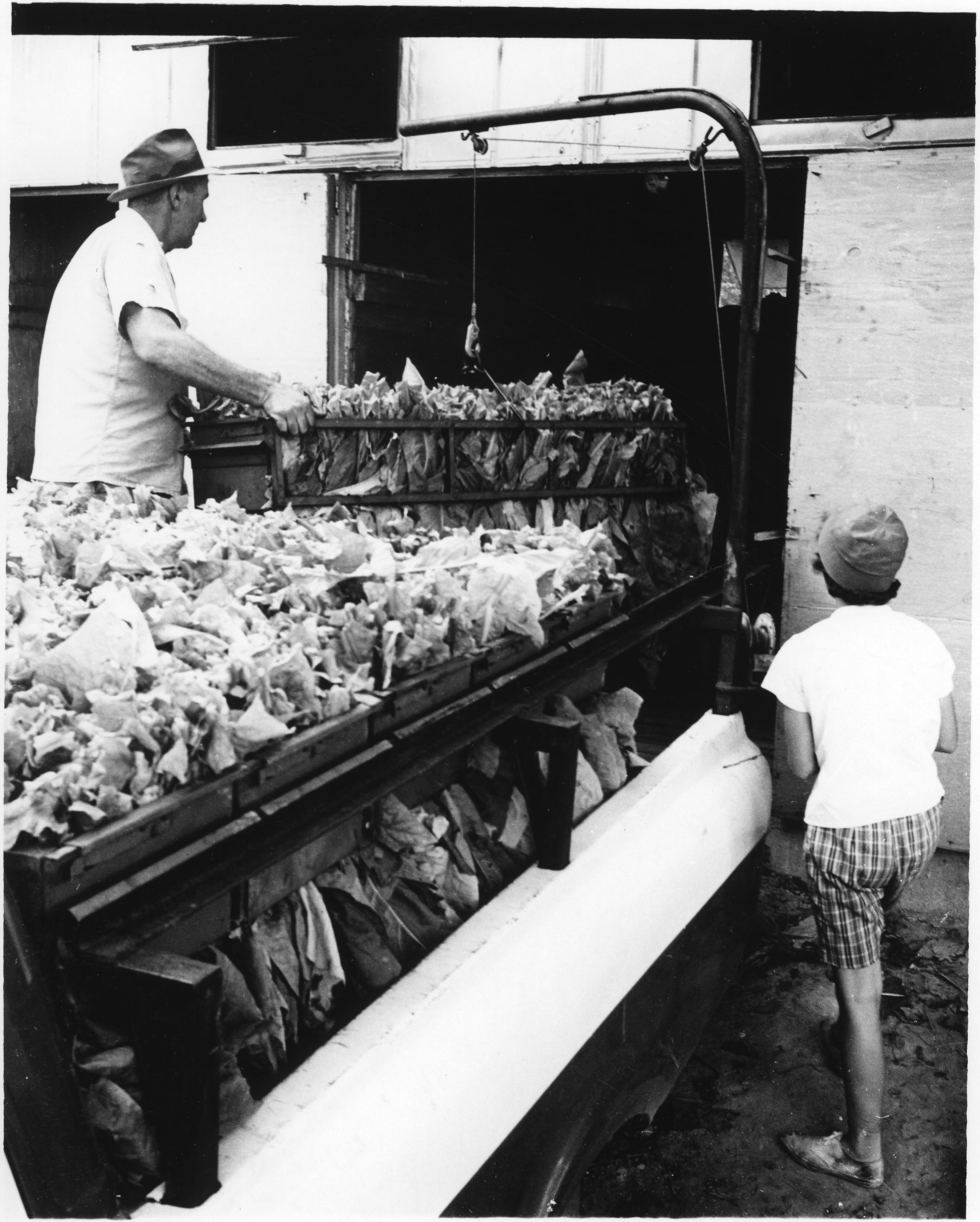Special Collections Research Center Teacher Resources: Lesson Guides: Technology in Agriculture

Technology in Agriculture: How Technology has Changed Farming in the late Twentieth Century
This lesson plan focuses on the changes in technology used in agriculture between 1950 and 1980 on North Carolina farms and a look at what technological advances affect agriculture today. It asks students to use primary source photographs and videos from farm operations during these time periods to examine how farming techniques changed due to mechanization. To view primary source materials beyond those provided here on this topic, please visit NCSU Libraries' Digital Collections: Rare and Unique Materials.
The Common Core standard this lesson guide works with are 8.L.2 from the North Carolina 8th Grade Science Standards and 8.G.1.3 and 8.E.1 from the North Carolina 8th Grade Social Studies Standards.
Are you using these materials in your classroom? If so, please let us know by emailing us here!
Background
Since before Eli Whitney invented the cotton gin 1796, which drastically reduced the time needed to process cotton and lead to it becoming a major American cash crop, the question of “how can technology solve problems in agriculture” has been continually asked. Cyrus McCormick’s reaper, which sped up the process of harvesting small grain, particularly wheat, Anna Baldwin’s automatic milking machine allowed for expansion of dairy farms, John Deere’s steel plow, and many different men’s tractors were all inventions that changed that face of agriculture in the 19th and early 20th centuries.
Following World War Two, there was a shift in focus from mechanizing factories to become less reliant on human labor to mechanizing the farm, which was suffering from a labor shortage following the war, due in part to an increase in migration from the country to the city and suburbs by Americans. A lack of people to help out on the farm meant not only fewer people to help in the fields with planting and harvesting, but also fewer people to help tend to the animals that operated the plows and harvesters available at the time. With many land-grant institutions such as North Carolina State University having entire departments devoted to research and innovation in agriculture, the 1950s-1970s was a time of major innovation for the farmer.
Examples of Agriculture Inventions in North Carolina, 1950-1980
A bulk curing barn for tobacco


Cucumber harvester

Bulk hay baler and dryer

Tobacco transplanter


Blueberry harvester

Film of a case study done on a mechanized blueberry harvester
Discussion and Questions
Discuss what might be some innovations in technology that help farmers today. Encourage students to think outside the box beyond just new tractors and harvesters. Have them consider how things such as the internet and GPS might influence farmers, as well as mobile apps.

